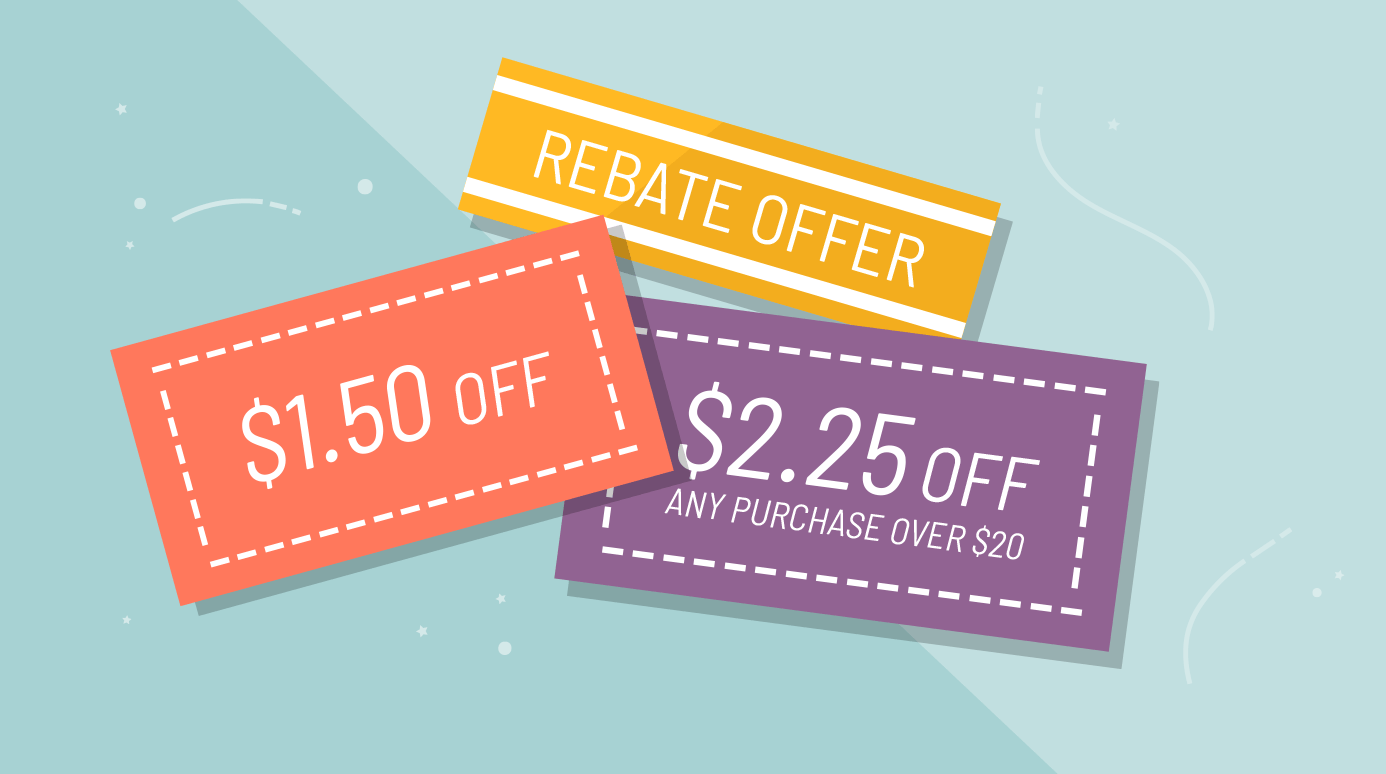/en/moneybasics/investment-options/content/
Shopping
By the end of this lesson, you should be able to:
- Compare and contrast different products
- Calculate sales tax
- Judge the best deal based on price per unit
Comparative shopping
Whether you want to rent a new apartment, buy a new television, or purchase laundry detergent, comparative shop to find the best deal. This means comparing the cost of different products or services.
You can usually find a less expensive alternative to almost anything, but cheaper isn't always better. Paying $20 for a pair of shoes that wear out in six months isn't a good deal if the $35 pair lasts for two years.
If you are thinking of buying a major appliance, remember that the cost of owning a home appliance has three components: the purchase price, repair and maintenance costs, and operating costs. So buying a more expensive energy-efficient refrigerator may save you money overall because your energy bill will be less.
While it is impossible to find the best deal on everything, looking for a better price is often worth the time and effort.
Comparative shopping tips
To find the best bargain, try these tips:
- Use coupons wisely. Don't buy an item just because you have a coupon or because it is on sale. Only buy it if you need it.
- Consider the location of the bargain. Should drive across town to buy an item on sale when the trip costs you $3? Or should you buy it at regular price at the corner store?
- Consider buying in quantity. Generally speaking, the more of a product in a package, the better the price per unit.
- Avoid buying convenient food. Sometimes this is difficult to do, especially if you are short on time. But remember that you have to pay for convenience.
- Generic or plain-label products are usually less expensive than brand name products. However, try to ensure that the quality is similar or equal to the brand name. If you don't like the product, it's probably not worth the savings.
- Consider buying many items you use regularly and can easily store if they are on sale.
Looking for the best deal
If you are planning to buy a major appliance or electronic device, do some research first.
- Visit different stores and check on prices.
- Look in catalogs.
- Call stores to ask about prices.
- Visit reputable sites on the Internet.
When looking for services, use similar techniques. Research different companies and consider options, features, price, and other characteristics. Once you have done your research, found a good product or service, can afford it, and want or need it, consider buying it.
Print out our Comparative Shopping Worksheet as a guide. Use it and some or all of the methods mentioned above to find the best deal.
Price per unit
As mentioned earlier in this lesson, comparing the cost of a product through unit pricing is a way of finding the best buy.
To find the unit price of a product, divide the selling price by the number of units. A unit can be an ounce, pound, quart, or liter, or the number of items in a package.
For example, if a 12-ounce bottle of shampoo costs $2.95 and a 15-ounce bottle costs $3.50, which is the better buy?
You can use division to help you decide:
- If you divide 2.95 by 12, you find that the shampoo is 0.246 cents per ounce.
- If you divide 3.50 by 15, you find that the shampoo is 0.233 cents per ounce.
The 15-ounce bottle of shampoo is the better buy at 0.233 cents per ounce. Buying the larger package is best if you use the product frequently and if it keeps for a while. However, be aware of expiration dates. Don't buy a large package if you can't eat or use it before it expires.
Some stores feature the price per unit on the shelf label.
Coupons, discount cards, sales, and rebates
There are many steps you can take to save money on items you buy. Here's a look at some common ways to save:
- Coupons
Coupons are tools you can use to get reductions on the cost of products. You can usually get coupons out of a newspaper or magazine, through the mail, on product packages, and online. It may help to organize your coupons by category. To reap significant savings, look for stores that offer double coupon days. This means stores will double or triple the value of a coupon. - Discount cards
Some grocery and drug stores offer discount cards to customers. These discount cards are similar to coupons—a percentage or amount is taken off a product. The card is scanned at the cash register, and a specified amount is deducted. There is typically no fee to obtain one of these cards. - Sales
Of course, sales are another way to save money. A store may have a 10 percent, 15 percent, or 20 percent off sale. Items that are on clearance are usually drastically reduced. However, be wary of buying something just because it is on sale. - Rebates
Some stores offer rebates on products you buy. This means you can get a specified amount of money back. You'll usually need to have a receipt, UPC code, or barcode from the product, as well as a rebate form.
Keep in mind that saving a little each time you shop can add up. For example, suppose that while shopping for the best deals you manage to save an average of $60 per month. This adds up to $720 per year that you can use for something else.
Sales tax
It's good to know how much sales tax you will be paying on goods and services because it determines the total price. Many cities and states collect sales tax to cover various expenses.
Sales tax is determined by finding a percentage of the purchase price. This percentage is called the tax rate.
If the tax rate is 6 percent (6/100) and you buy a $12 item, calculate the sales tax like this:
- 12 times 6/100 equals
- Convert 6/100 into a decimal: .06
- Multiply 12 by 0.06 to get 0.72
- At a tax rate of 6 percent, the sales tax on a $12 item is 72 cents.
If you need help calculating with decimals, visit our self-paced Decimals tutorial in our Math section.
Layaway
If you don't have a lot of money to spend at once, consider buying items on layaway. Some stores offer this option, which allows you to make payments on your purchase until it is paid off. This buying option is usually provided as a free service.
Here's how a typical layaway contract works:
- You will be asked to pay a certain percentage down—20 to 30 percent—and then pay on the remaining balance in weekly installments.
- You will be asked to pay a relatively small one-time layaway fee.
- There is typically a set layaway period based on the amount of the purchase.
- Payments must be paid regularly and on time.
- If the layaway is not completed on schedule, the item will be returned to stock. A refund is usually issued. However, some stores may charge a certain percentage for a restocking fee.
Be aware of any special terms of your layaway agreement. For example, you may not be able to put sale items into layaway or not be allowed to return or exchange layaway items.
Tips for becoming a savvy online or catalog shopper
If you are interested in online or catalog shopping, become knowledgeable. Here are some tips to consider.
- When making purchases online, make sure you are buying through a secure site. When you get ready to finalize your purchase on a secure site, you should see the http: portion of the web address turn into https: This protects personal information such as your credit card number. When a secure transaction occurs, your information is encoded and only the retailer's website can decode it.
- Look for a privacy policy to find out how or if your personal information will be shared with others.
- If purchasing an item on a website such as eBay, look at the seller's rating. This feedback from past customers will give you information on the quality and reliability of the seller.
- Make sure the site or catalog distributor is reputable. Many major retailers now have catalogs and/or online shopping sites.
- When viewing merchandise online, keep in mind that you can enlarge the picture to get a better view.
- Be sure to check the return policy and guarantee offered by an online or catalog retailer. Look for a toll-free number in case you encounter any problems.
- Save your receipt and any packaging from an item that comes in the mail in case you need to return it.
- Keep in mind the convenience of not having to drive to a store to compare prices, so determine shipping and handling costs on products you buy online or in a catalog.
Online
Offline
- Cheap Talk with the Frugal Friends: Over 600 Tips, Tricks and Creative Ideas for Saving Money - Angie Zalewski and Deana Ricks
/en/moneybasics/buying-a-car/content/




